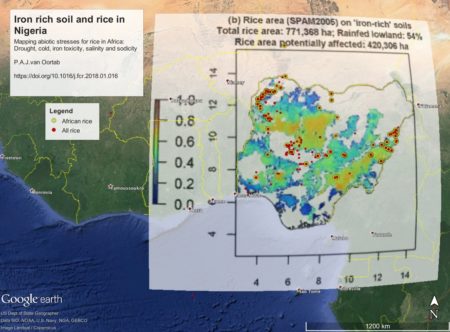The scientific program of this workshop will place seed longevity into a conservation context: ex situ conservation of genetic resources through in situ conservation of wild habitat. The role of seeds in conservation efforts is often marginalized or understated as simply a ‘means to an end.’ Yet, seed longevity is often the basis of successful conservation efforts because it underpins successful stand re-establishment after disturbance, efficient maintenance of crop diversity, and effective management decisions for commercial seed lots. Seed longevity is a complex trait, in which the environment of growth, harvest, processing and storage may interact in unpredictable ways with inherent seed traits. The longevity phenotype itself is difficult to measure as it encompasses both potential and risk, both of which can only be realized in the future.
“This workshop” is the 2nd Seed Longevity Workshop, at Ft Collins, Colorado, 30 July – 1 August 2018. Looks unmissable. I particularly like this bit from the programme:
Time will be reserved in each late afternoon for discussion of current and potentially controversial issues over refreshments:
- Using accelerated conditions to forecast longevity; we do it for food and drugs, why not seeds? (led by Olivier Leprince and Julia Buitink, INRA France)
- Improving seed banking best practices and standards (led by Fiona Hay, Aarhus Univ, Denmark)
- What about seeds that don’t fit the longevity models? – intermediate/recalcitrant and exceptional (sensu Pence) seed paradigms (leaders TBD)
I hadn’t heard of “exceptional” species, but it turns out it just means those which are troublesome to conserve as seeds, because either recalcitrant or just not very prolific.
Anyway, looks like a lot of cool people will be there.
